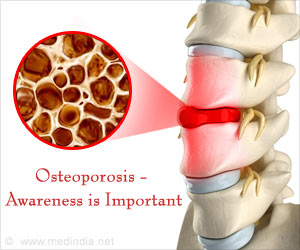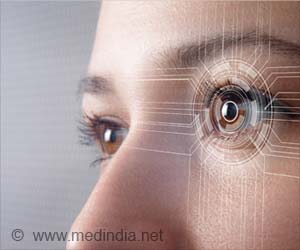PET scan that measures uptake of sugar in the brain significantly improves the accuracy of diagnosing a type of dementia often mistaken for Alzheimer’s disease.
A new study has revealed that a PET scan (positron emission tomography) that measures uptake of sugar in the brain significantly improves the accuracy of diagnosing a type of dementia often mistaken for Alzheimer’s disease.
The study led by a University of Utah dementia expert found that the scan, FDG-PET, helped six doctors from three national Alzheimer’s disease centres correctly diagnose frontotemporal dementia (FTD) and Alzheimer’s in almost 90 percent of cases in the study, an improvement of as much as 14 percent from usual clinical diagnostic methods.Fluorodeoxyglucose (FDG), a short-lived radioactive form of sugar injected into people during PET scans to show activity levels in different parts of the brain. In Alzheimer’s, low activity is mostly in the back part of the brain; in FTD, low activity is mostly in the front of the brain.
Study’s lead author, Norman L. Foster, M.D., professor of neurology and director of the Center for Alzheimer’s Care, Imaging and Research at the University of Utah School of Medicine, said that FDG-PET is an especially powerful tool in early treatment of FTD.
FTD is a common cause of early onset dementia among people 45-64 years old and is marked by behavioural changes and language difficulties. Like Alzheimer’s, it can take years to develop and, for now, is incurable. Although FTD is a separate disorder, it often meets clinical diagnostic criteria for Alzheimer’s and often is misdiagnosed even by dementia experts.
“Early diagnosis of FTD can have a tremendous impact on the treatment for patients and their family members. Many patients are misdiagnosed and may be hospitalized and receive drugs for the wrong disease,” Foster said.
“Accurate diagnosis bypasses the costs, side-effects, and frustration of misguided care. Furthermore, one-third of FTD patients have a family history of a similar disorder and family members need to know if they are at increased risk of the disease,” he added.
Advertisement
The authors said: “This study shows FDG-PET is a reliable and valid diagnostic test that can aid physicians in making the sometimes difficult clinical distinction between AD (Alzheimer’s disease) and FTD.” But PET scans alone are not enough to confirm FTD or Alzheimer’s.
The expert neurologists at the NIH centers, who had 10 years to 25 years of experience, then were asked to decide what caused each patient’s dementia using clinical information alone or using FDG-PET images. The experts correctly distinguished FTD and Alzheimer’s using only the clinical methods in 76 percent to 79 percent of the cases. Using the FDG-PET scans alone, however, the physicians correctly diagnosed the two dementias in 85 percent to 89 percent of cases.
Adding FDG-PET to clinical information increased the correct diagnosis from 79 percent to 90 percent. The highest accuracy in diagnosis was achieved with SSP (stereotactic surface projection) displays, which summarize changes in brain activity and apply a statistical test to show significant areas of damage.
The PET scans also had other benefits. The researchers found in 42 percent of cases, the scans increased the experts’ confidence in a correct diagnosis or made them question and sometimes change an incorrect diagnosis.
The study has appeared online in the journal Brain.
Source-ANI
LIN/V











